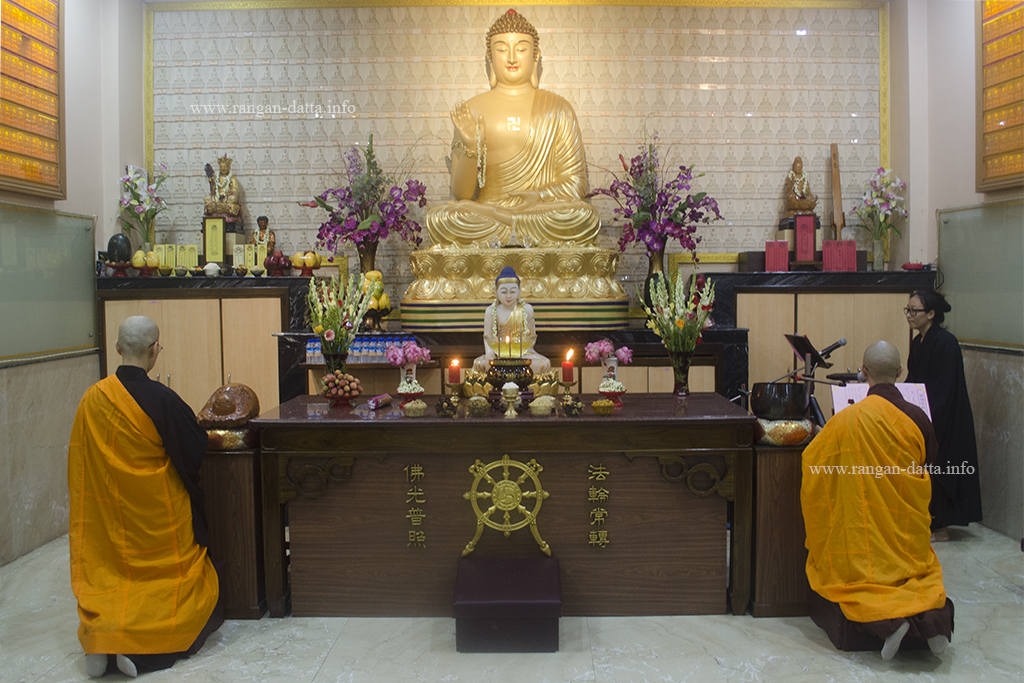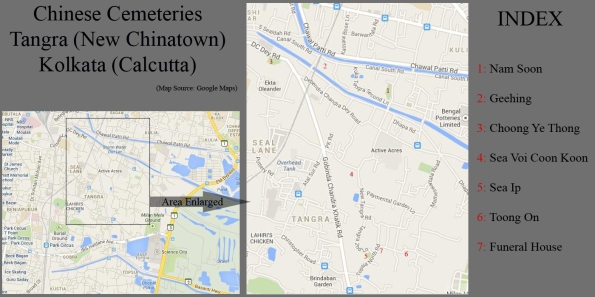Archive
Buddha Purnima Celebration at Fo Guang Shan Monastery, Kolkata
Buddha Purnima Celebration at Fo Guang Shan Monastery
Tangra (New Chinatown) Kolkata
Also see: My blog post on Calcutta (Kolkata) Chinatown and Buddhist Temple of Kolkata (Calcutta)
It was 21 May 2016 and the world celebrated the Buddha Purnima (Purnima means full moon), which marked the birth of Lord Buddha.

Two nuns in front of the giant Buddha statue, on the occasion of Buddha Purnima, at Fo Guang Shan Monastery, Tangra, Kolkata
Strangely, even according to the lunar calendar, the birth of Lord Buddha is not constant and is celebrated on different days in different countries all over Asia.
Voice of Chinese – Hostage of Deoli Camp, India – China War 1962
Voice of Chinese – Hostage of Deoli Camp
India – China War 1962
Also see: My blog post on Calcutta (Kolkata) Chinatown
The Sino – India War lasted just a month (20 Oct – 21 Nov 1962) but the ordeal of the Chinese origin Indian continued over four years.
Just after the India – China war thousand of Chinese origin Indians, who have been living in India for generation and for centuries, were horded up in trains and were sent to a concentration camp in Deoli in Rajasthan.
Fo Guang Shan Buddhist Temple, Tangra, Kolkata
Fo Guang Shan Buddhist Temple
New Chinatown (Tangra), Kolkata
Also see: My blog post on Calcutta (Kolkata) Chinatown and Buddhist Temple of Kolkata (Calcutta)
Tangra, Kolkata’s (Calcuta’s) new Chinatown, is known for its Chinese restaurants but it also houses the Fo Guang Shan Budhist Monastery, a Chinese Temple which doubles up as a Chienese eatery. during weekends.
Although the Chinese have made Kolkata (Calcutta) their home since the late 18th century, the Chinese settlement in Tangra only dates back to the 1920s.
Blessing of the Grapes, Festival of Calcutta Armenians
Blessing of the Grapes
Holy Trinity Armenian Church, Tangra, Calcutta (Kolkata)
Also see: Armenians of Calcutta (Kolkata)
Held on the Sunday closest to the 15th August, the Grape Blessing Ceremony is one of the most important festivals of the Armenian calender.
Although a Christian festival the Blessing of the Grapes originally dates back to the days of Paganism. Mid August was harvest season in Armenia and it was also the new year for pre – Christian Armenians.
Chinese Cemeteries of Tangra (New Chinatown), Calcutta (Kolkata)
Chinese Cemeteries of New Chinatown
Tangra, Kolkata (Calcutta)
Also see: My blog post on Calcutta (Kolkata) Chinatown
The Chinese settlement of Calcutta dates back to the late 18th century when a Chinese trader, Tong Achew settled near present day Budge Budge.
The, then Governor General of India, Warren Hastings, offered Achew land to set up a sugar mill complete with a sugar plantation. Achew soon brought a band of Chinese workers for his sugar project. But Achew died soon after and his mill was soon abandoned. The Chinese also deserted the place, which later came to be known as Achipur, after Achew.
Holy Trinity Armenian Church, Tangra, Calcutta (Kolkata)
Holy Trinity Armenian Church, Tangra, Calcutta (Kolkata)
Sunday Mass
Also see my blog posts on Armenians of Calcutta (Kolkata)
Tangra, Calcutta’s (Kolkata’s) Chinatown known for its tanneries and Chinese restaurant is also the home of the Armenian Church of Holy Trinity.
The Armenians claimed to have settled in Calcutta (Kolkata) much before the arrival of Job Charnock. A vibrant commercial community they wanted to reestablish their socio – cultural activity in Calcutta and Bengal.
Armenian Churches of West Bengal
Armenian Churches of West Bengal
A compilation of Armenian Churches in West Bengal
Also see my blog posts on Armenians of Calcutta (Kolkata)
The Armenians have been connected with India as traders from the days of antiquity. They came to this country by the overland route, through Persia, Afghanistan and Tibet and werewell established in all the commercial centers long before the advent of any European traders. However, the Armenian community prospered and developed during the 16th right up to the 18th century.

Clockwise from top left: Nazareth Church (Bara Bazar, Kolkata), St. John’s Baptist Church (Chinsurah), St. Mary’s Church (Cossimbazar) and St. Gregory Illuminator Church (Park Circus, Kolkata)
Armenian community sought to reestablish their socio-cultural identity and not just restrict themselves to be a vibrant commercial community. This was one of the reasons that urged them to build churches in their settlements and invite priests. The Church was considered as the centre of all community activities.
In India, wherever they build settlements, they constructed churches. Today, all over India, one can find many beautiful Armenian churches, chapels and historical monuments standing as mute witnesses or silent sentinels of a once-flourishing Armenian settlement. Presently West Bengal alone houses four Armenian Churches in Calcutta (Kolkata) and surrounding areas.

















